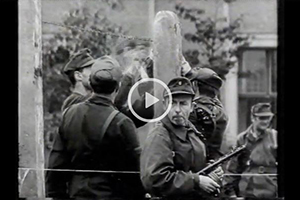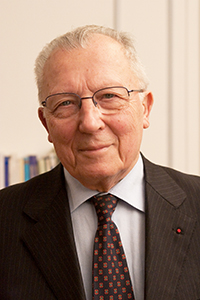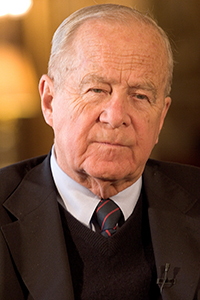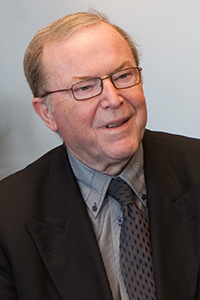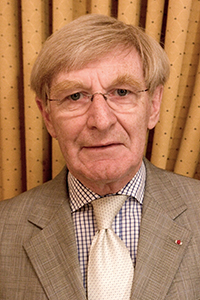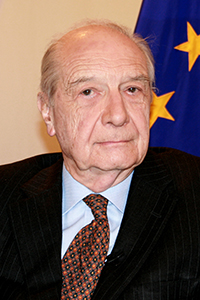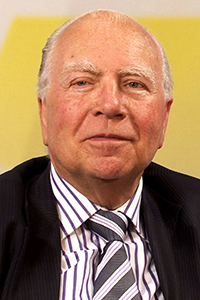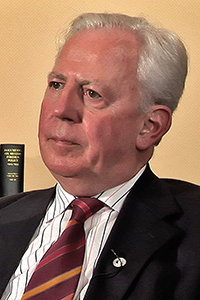The Berlin Wall — from construction to fall (1961–1989)
To mark the 25th anniversary of the fall of the Berlin Wall on 9 November, the CVCE has compiled a selection of resources — including explanatory synopses, photographs, interactive maps and oral accounts — on one of the major events of the 20th century. The fall of the Berlin Wall in November 1989 put an end to the Cold War and its divisions, which dated back to the Second World War.
The story of the ‘wall of shame' began during the night of 12 to 13 August 1961, when some 15 000 members of the armed forces of the German Democratic Republic blocked the roads and railways leading to the western sectors of Berlin and began putting up fencing and barbed wire around West Berlin. This hermetic seal aimed to prevent thousands of East German citizens from fleeing to the West. The building of the Berlin Wall, separating the eastern and western sectors of the city, became the most tangible symbol of the Cold War, the division of Germany and the separation of Europe.
In the late 1980s, major geopolitical changes in Europe, and particularly within the communist bloc, created a snowball effect. Aspirations to freedom, democracy and the defence of human rights, which had long been stifled by the authoritarian regimes of the Soviet bloc, were expressed more and more openly, thanks in particular to the reforms introduced in the Soviet Union by Mikhail Gorbachev and his policy of gradually opening up to the West.
In the German Democratic Republic (GDR), opposition to the Stalinist regime grew. Huge demonstrations took place, and increasing numbers of East Germans fled the country. The government would not consider any kind of reform, counting on the intervention of Soviet troops stationed in the GDR. Gorbachev, however, refused to help, having renounced Brezhnev's doctrine of legitimate intervention in fellow communist countries. From that point on, the communist regime crumbled. The wall which had divided Berlin since 1961 came down on 9 November 1989. Thousands of Berliners expressed their joy as they climbed the ‘wall of shame' that for nearly 30 years had stood as a symbol of the division of Germany.
The fall of the Berlin Wall had a significant impact in the world. One year later, on 3 October 1990, Germany celebrated its reunification.
Further reading:
The building of the Berlin Wall
Reunification of a divided Germany
In the media:
- ‘La liberté en mouvement. 9 novembre 1989: chute du mur de Berlin.' Article by Frédéric Allemand and Henriette Heimbach as part of commemorations for the 25th anniversary of the fall of the Berlin Wall, published on 13 November 2014 by the weekly newspaper Le Jeudi.
- ‘Une rose sous l'essuie-glace.' Publication of the interview with Frédéric Allemand and Marco Gabellini in the newspaper Le Quotidien on 8 November 2014 as part of commemorations for the 25th anniversary of the fall of the Berlin Wall.
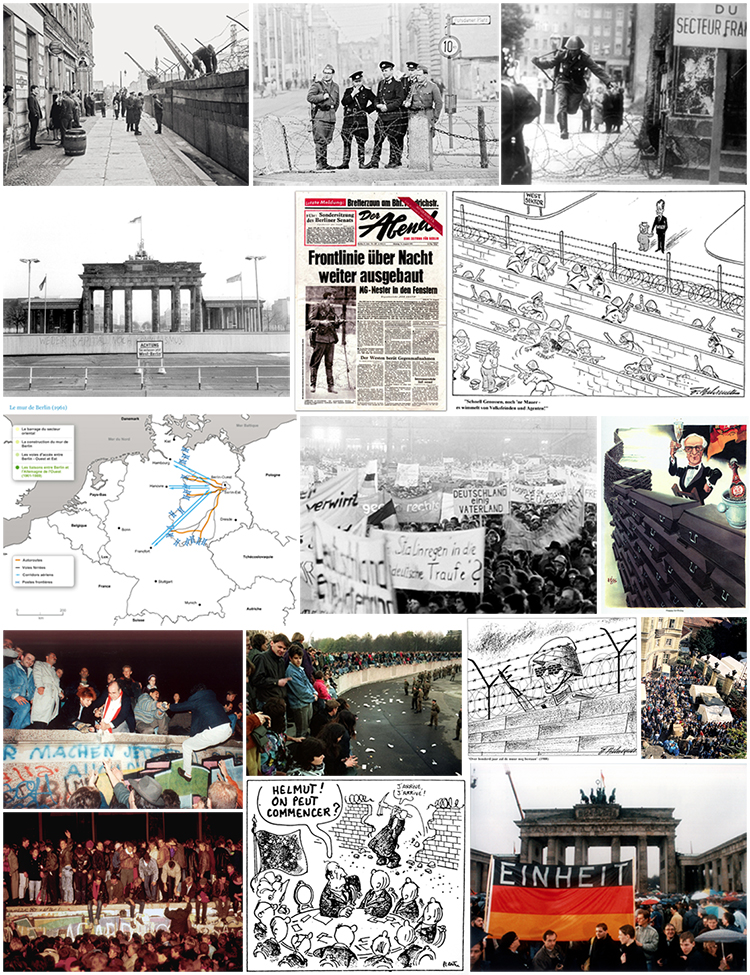
Audiovisual documents
Excerpts from interviews


